Irix 30 mm f/1.4
5. Chromatic and spherical aberration
Chromatic aberration
Photos below show clearly that three low-dispersion elements inside this lens perform as they should. Colouring of out-of-focus images is negligible even at the maximum relative aperture, meaning that longitudinal chromatic aberration is corrected properly well.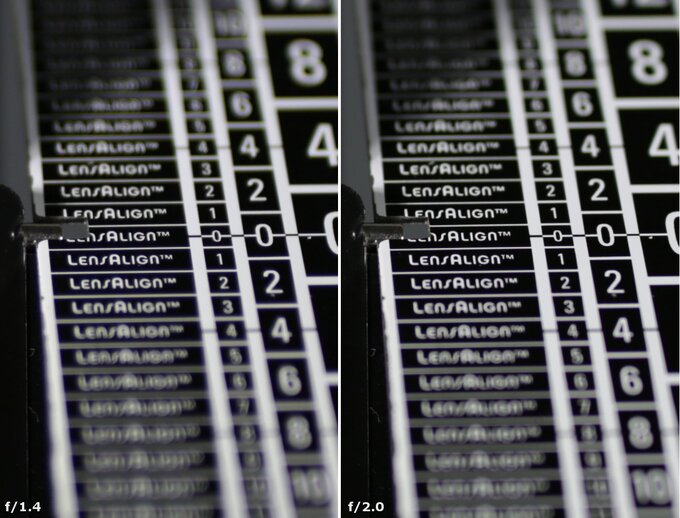 |
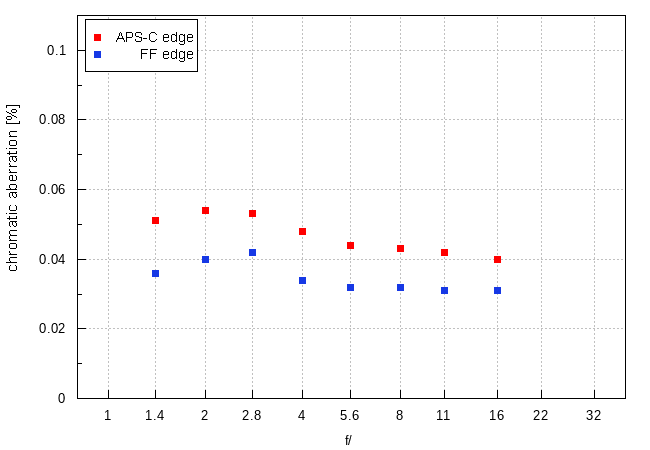
We also don't have any reservations concerning correction of lateral chromatic aberration – most of results in our test were on very low or low levels, ranging from 0.03 to 0.05%.
Please Support UsIf you enjoy our reviews and articles, and you want us to continue our work please, support our website by donating through PayPal. The funds are going to be used for paying our editorial team, renting servers, and equipping our testing studio; only that way we will be able to continue providing you interesting content for free. |
- - - - - - - - - - - - - - - - - - - - - - - - - - - - - - - - - - - - - - - - - - - - - - - -
| Canon 5D III, RAW, f/2.0 | Canon 5D III, RAW, f/11.0 |
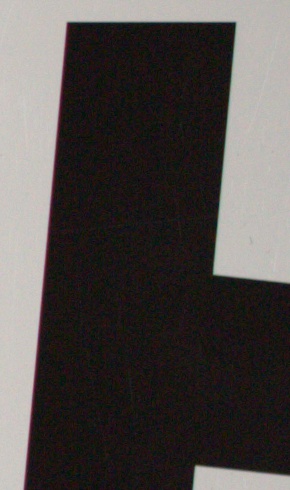
|
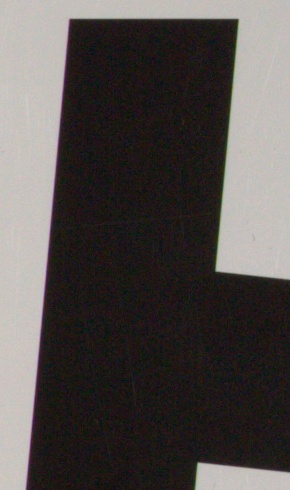
|
Spherical aberration
First photos of this chapter don't show any focus shift effects and circles we got before and behind the focus are quite similar. It means the Irix 30 mm f/1.4 doesn't experience any significant problems connected to spherical aberration.
| Canon 5D III, f/1.4, before | Canon 5D III, f/1.4, after |

|
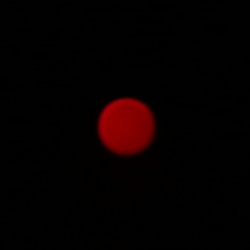
|






